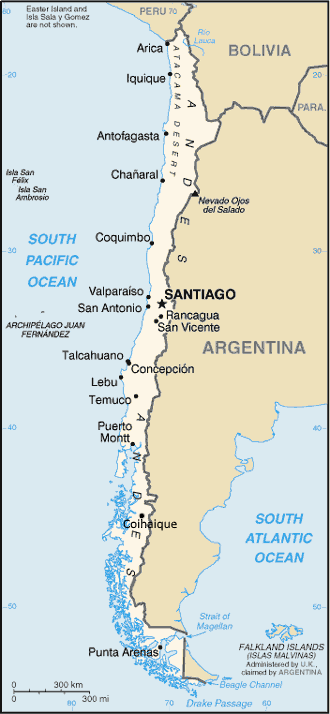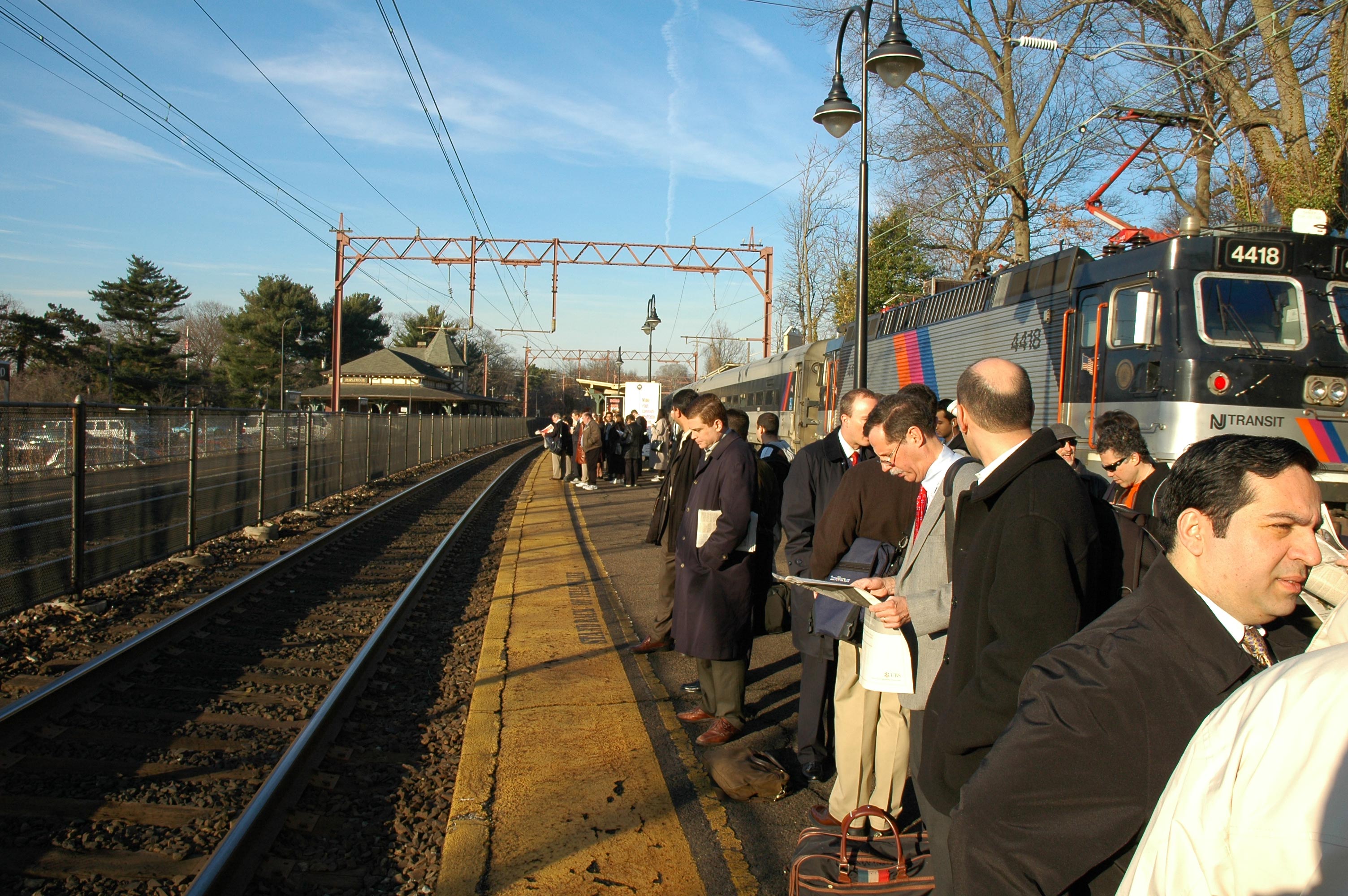|
La Unión, Chile
La Unión is a city and commune of the Ranco Province in the Los Ríos Region in Chile. It is situated approximately 40 km north of Osorno and 80 km southeast of Valdivia. Covering an area of 2,136.7 km2, it has a population of 36,447, of which 25,615 are considered part of the urban population, according to the 2012 census. The commune derived its name from the confluence of the Llollelhue and Radimadi rivers. La Unión was founded in 1821 during the government of Bernardo O'Higgins, to secure sovereignty over the Central Valley south of Valdivia. It is a major centre for milk production; COLUN is the main milk and dairy product producer in the zone. The commune is covered in forest to the west of the city and the east is dominated by agricultural landscapes spanning Los Llanos. Alerce Costero National Park lies in the western mountains. The city served until 2001 as a dormitory town for the coal mines of Catamutún. [...More Info...] [...Related Items...] OR: [Wikipedia] [Google] [Baidu] |
List Of Cities In Chile
This is a list of cities in Chile. A city is defined by Chile's National Statistics Institute (Chile), National Statistics Institute (INE) as an "urban entity"An "urban entity" is defined by Chile's National Statistics Institute (Chile), National Statistics Institute as a concentrated group of dwellings with over 2,000 inhabitants, or between 1,001 and 2,000 inhabitants if 50% or more of its population is economically active, dedicated to Secondary sector of the economy, secondary and/or Tertiary sector of the economy, tertiary activities. Exceptionally, populated centers dedicated to tourism and recreation with over 250 concentrated dwellings and that do not meet the population requirement are considered urban. with more than 5,000 inhabitants. This list is based on a June 2005 report by the INE based on the 2002 census which registered 239 cities across the country. Complete list of cities by region Largest urban agglomerations This list includes conurbations, "absorption ... [...More Info...] [...Related Items...] OR: [Wikipedia] [Google] [Baidu] |
Valdivia, Chile
Valdivia (; Mapuche language, Mapuche: Ainil) is a List of cities in Chile, city and Communes of Chile, commune in Southern Chile, southern Chile, administered by the Municipality of Valdivia. The city is named after its Organizational founder, founder, Pedro de Valdivia, and is located at the confluence of the Calle-Calle River, Calle-Calle, Valdivia River, Valdivia, and Cau-Cau River, Cau-Cau Rivers, approximately east of the coastal towns of Corral, Chile, Corral and Niebla, Chile, Niebla. Since October 2007, Valdivia has been the capital of Los Ríos Region and is also the capital of Valdivia Province. The national census of 2017 recorded the commune of Valdivia as having 166,080 inhabitants (''Valdivianos''), of whom 150,048 were living in the city. The main economic activities of Valdivia include tourism, wood pulp manufacturing, forestry in Chile, forestry, metallurgy, and Beer in Chile, beer production. The city is also the home of the Austral University of Chile, foun ... [...More Info...] [...Related Items...] OR: [Wikipedia] [Google] [Baidu] |
Municipal Council
A municipal council is the legislative body of a municipality or local government area. Depending on the location and classification of the municipality it may be known as a city council, town council, town board, community council, borough council, rural council, village council, board of aldermen, or board of selectmen. Australia Because of the differences in legislation between the states, the exact definition of a city council varies. However, it is generally only those local government areas which have been specifically granted city status (usually on a basis of population) that are entitled to refer to themselves as cities. The official title is "Corporation of the City of ______" or similar. Some of the urban areas of Australia are governed mostly by a single entity (e.g. Brisbane and other Queensland cities), while others may be controlled by a multitude of much smaller city councils. Also, some significant urban areas can be under the jurisdiction of otherwise r ... [...More Info...] [...Related Items...] OR: [Wikipedia] [Google] [Baidu] |
Administrative Division Of Chile
The administrative division or territorial organization of Chile exemplifies characteristics of a unitary state. State administration is functionally and geographically decentralized, as appropriate for each authority in accordance with the law. For the interior government and administration within the State, the territory of the republic has been divided into 16 regions (''regiones''), 56 provinces (''provincias'') and 346 communes (''comunas'') since the 1970s process of reform, made at the request of the National Commission on Administrative Reform (''Comisión Nacional de la Reforma Administrativa'' or CONARA). State agencies exist to promote the strengthening of its regionalization, equitable development and solidarity between regions, provinces and communes within the nation. Since 2005, the creation, abolition and designation of regions, provinces and communes, the altering of their boundaries, and the establishment of the regional and provincial capitals are part of ... [...More Info...] [...Related Items...] OR: [Wikipedia] [Google] [Baidu] |
National Statistics Institute (Chile)
The National Statistics Institute of Chile (, INE) is a state-run organization of the Government of Chile, created in the second half of the 19th century and tasked with performing a general census of population and housing, then collecting, producing and publishing official demographic statistics of people in Chile, in addition to other specific tasks entrusted to it by law. Background Its antecedents lie in the initiatives of president Manuel Bulnes and his minister, Manuel Rengifo, to draw up the second population census and obtain statistical data of the country. By Decree No. 18 March 27, 1843, the Office of Statistics was created, Ministry of the Interior to provide knowledge of the departments and provinces. It put the INE in charge of producing the national population census every 10 years, as required by the Census Act of July 12, 1843. Law No. 187 of September 17, 1847 established the office as a permanent body of the state. By 1853, it was legally required that each ... [...More Info...] [...Related Items...] OR: [Wikipedia] [Google] [Baidu] |
Universidad De Concepción
Universidad (Spanish for "university") may refer to: Places * Universidad, San Juan, Puerto Rico * Universidad (Madrid) Football clubs * Universidad SC, a Guatemalan football club that represents the Universidad de San Carlos de Guatemala * Universidad Católica, Chilean football club * Universidad de Chile (football club), Chilean football club * Club Universidad Nacional or ''UNAM Pumas'', Mexican football club * Universidad de Los Andes FC, Venezuelan football club * Universidad San Carlos or ''USAC'', Guatemalan football club * Universidad de Santa Cruz Bolivian football Club currently playing Bolivian Football Regional Leagues * Universidad Independiente, a former club based in San Pedro Sula, Honduras, dissolved in 2010 See also * * Universidad station (other) Universidad station may refer to: * Universidad station (Medellín), Colombia * Universidad metro station (Mexico City), Mexico * Universidad station (Puerto Rico), in San Juan * Universidad ... [...More Info...] [...Related Items...] OR: [Wikipedia] [Google] [Baidu] |
Catamutún
Catamutún is a coal mine and locality in Los Ríos Region, Chile.Catamutún: el negocio de la cal agrícola , ''El Austral: El Diario de Osorno''. Catamutún is located 25 km away from the city of La Unión. Coal has been mined in Los Ríos Region since the 1930s and Catamutún begun in 1945 to be exploited by ''Compañía Carbonífera San Pedro de Catamutún'', an enterprise which has since then expanded into mining. The Catamutún mine complex was as of 1990 made up of three individual mine where the same coal b ... [...More Info...] [...Related Items...] OR: [Wikipedia] [Google] [Baidu] |
Coal Mining In Chile
In Chile, coal mining is restricted to a few places located in its southern half. Energy originating from coal stands for 11,6% of Chile's electricity consumption.Carbon . CNE. Accessed on September 10. 2012. Currently the country is not considered a major producer of coal. The three zones of mining are Zona Central Sur (36–38° S), Zona Sur (39–42° S) and Zona Austral (51–54° S) in southernmost Chile. Most of the coal resources of Chile lie in Zona Austral at southernmost Chile. Zona Central Sur Usage of coal from Bío Bío Region as fuel dates back to at least 1557 when, according to Diego de Rosales, governor García Hurtado de Mendoza, 5th Marquis of Cañete, García Hurtado de Mendoza stayed in Quiriquina Island.[...More Info...] [...Related Items...] OR: [Wikipedia] [Google] [Baidu] |
Commuter Town
A commuter town is a populated area that is primarily residential rather than commercial or industrial. Routine travel from home to work and back is called commuting, which is where the term comes from. A commuter town may be called by many other terms: "bedroom community" (Canada and northeastern US), "bedroom town", "bedroom suburb" (US), "dormitory town" (UK). The term " exurb" was used from the 1950s, but since 2006, is generally used for areas beyond suburbs and specifically less densely built than the suburbs to which the exurbs' residents commute. Causes Often commuter towns form when workers in a region cannot afford to live where they work and must seek residency in another town with a lower cost of living. The late 20th century, the dot-com bubble and United States housing bubble drove housing costs in Californian metropolitan areas to historic highs, spawning exurban growth in adjacent counties. Workers with jobs in San Francisco found themselves moving further ... [...More Info...] [...Related Items...] OR: [Wikipedia] [Google] [Baidu] |
Alerce Costero National Park
Alerce Costero National Park (, ) is a protected wild area in the Cordillera Pelada about from Valdivia and from La Unión. '' Fitzroya'' trees grow inside the protected area and give the area its name, with ''Alerce Costero'' translating as ''Coastal Fitzroya''. The Natural Monument has a total area of . History Alerce Costero National Park has its origins in the National Monument Alerce Costero, created on January 3, 1987, by the Chilean government. In 2010 the area was elevated to national park status and was renamed Alerce Costero National Park (Spanish: Parque Nacional Alerce Costero). The new national park is the result of a public-private collaboration that united the state-owned Alerce Costero National Monument, Valdivia National Reserve and Quitaluto estate with land donated by The Nature Conservancy, which also owns the adjacent Valdivian Coastal Reserve. Details The park is administered by CONAF (the Chilean National Forest Corporation), has a total surface are ... [...More Info...] [...Related Items...] OR: [Wikipedia] [Google] [Baidu] |
Los Llanos, Chile
Los Llanos (Spanish for ''The Plains'') is a historical term for the flatland area encompassing the Chilean Central Valley between Valdivia Valdivia (; Mapuche: Ainil) is a city and commune in southern Chile, administered by the Municipality of Valdivia. The city is named after its founder, Pedro de Valdivia, and is located at the confluence of the Calle-Calle, Valdivia, and ... and Osorno. It includes parts of the communes of Paillaco, La Unión, Río Bueno, Osorno and San Pablo. Geography of Los Ríos Region Geography of Los Lagos Region History of Los Ríos Region History of Los Lagos Region Historical regions {{LosRíos-geo-stub ... [...More Info...] [...Related Items...] OR: [Wikipedia] [Google] [Baidu] |




